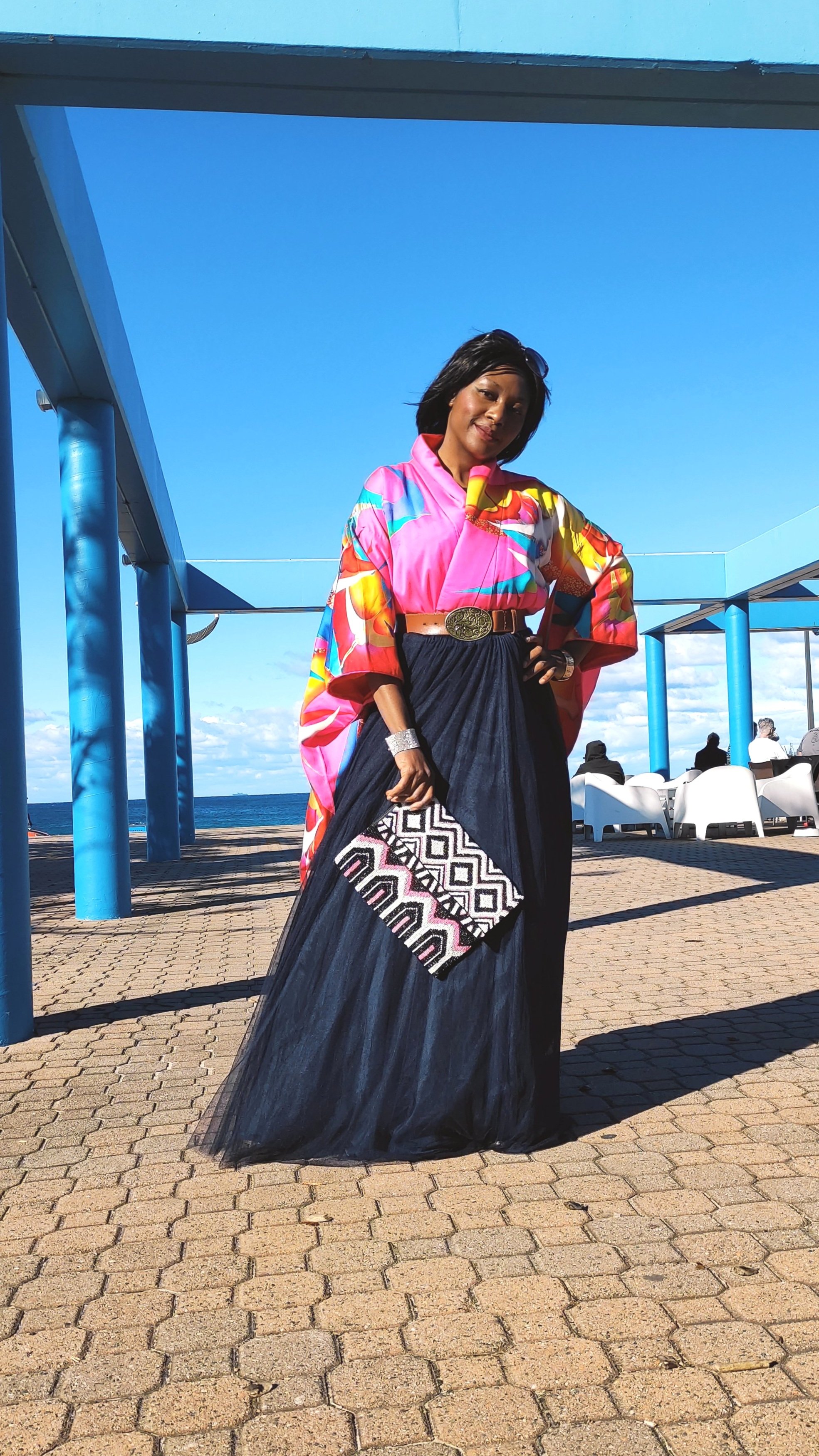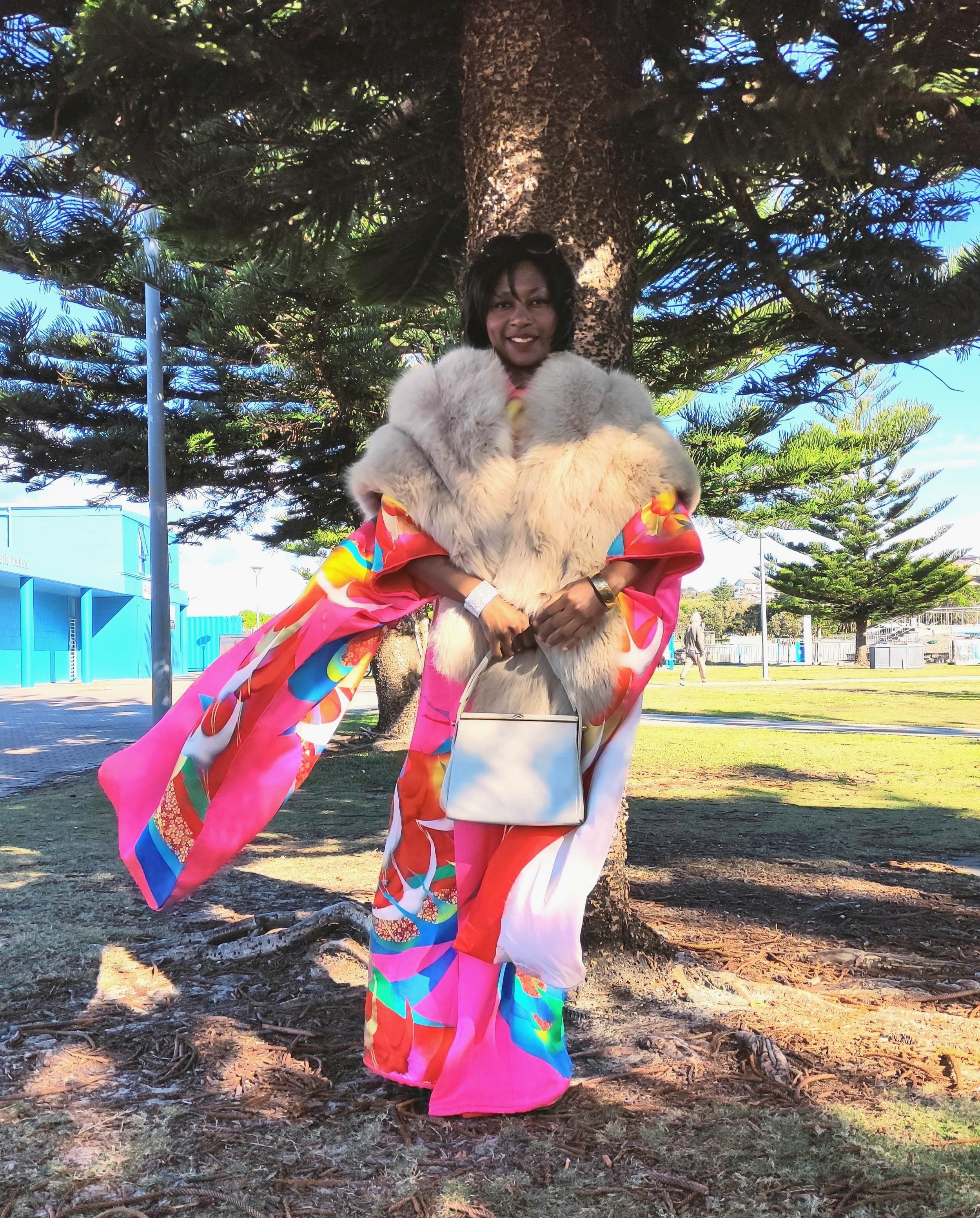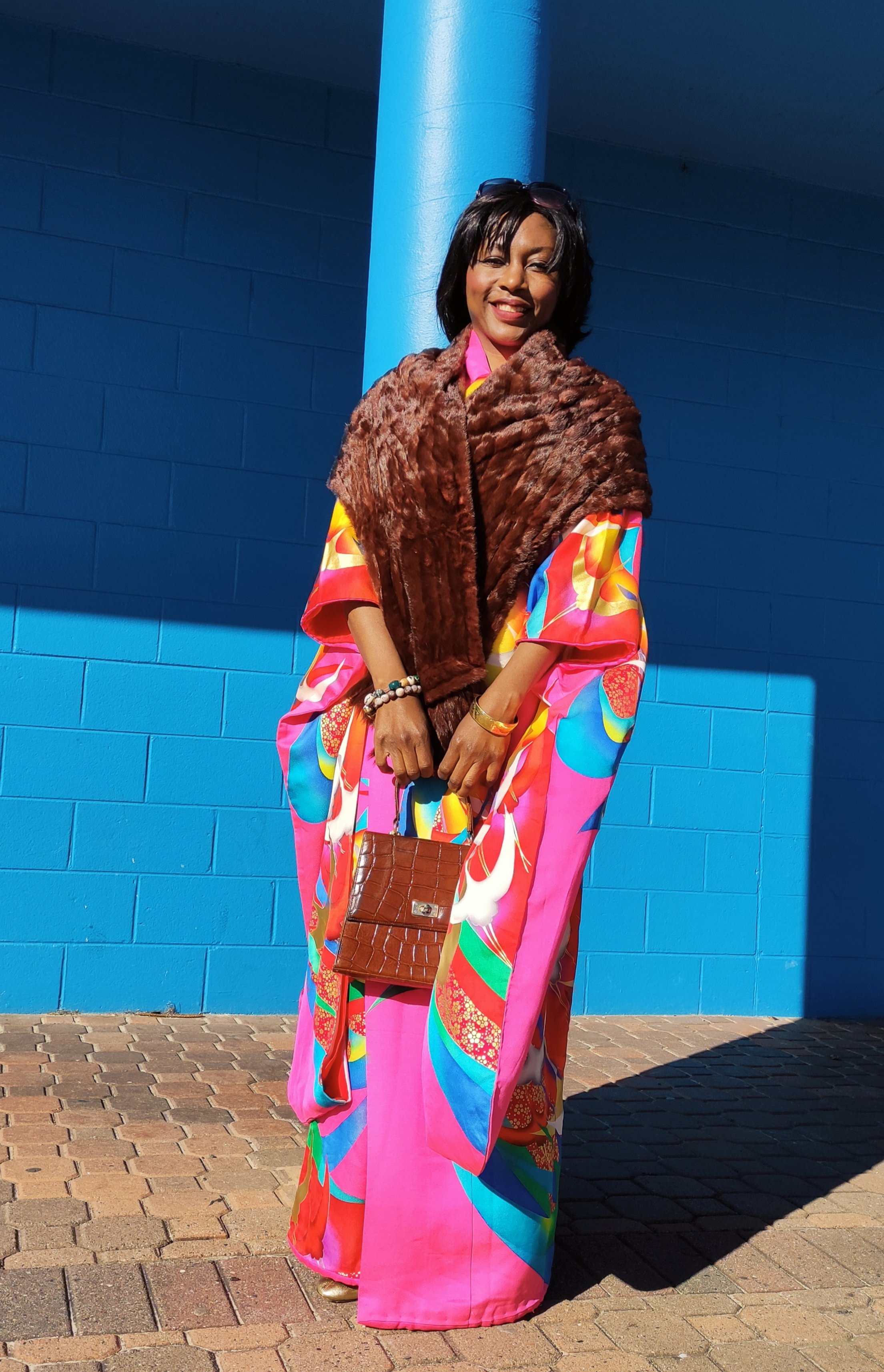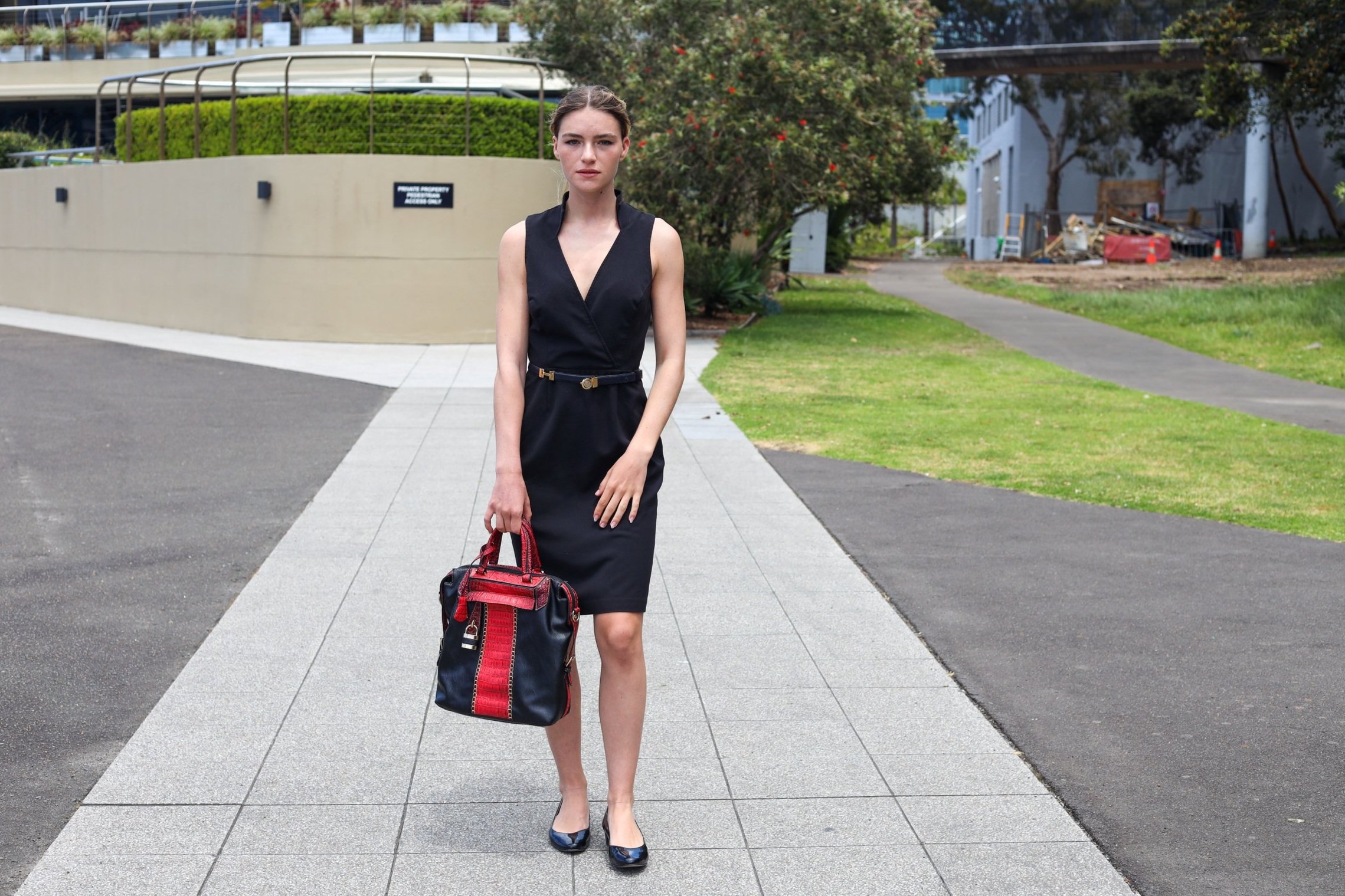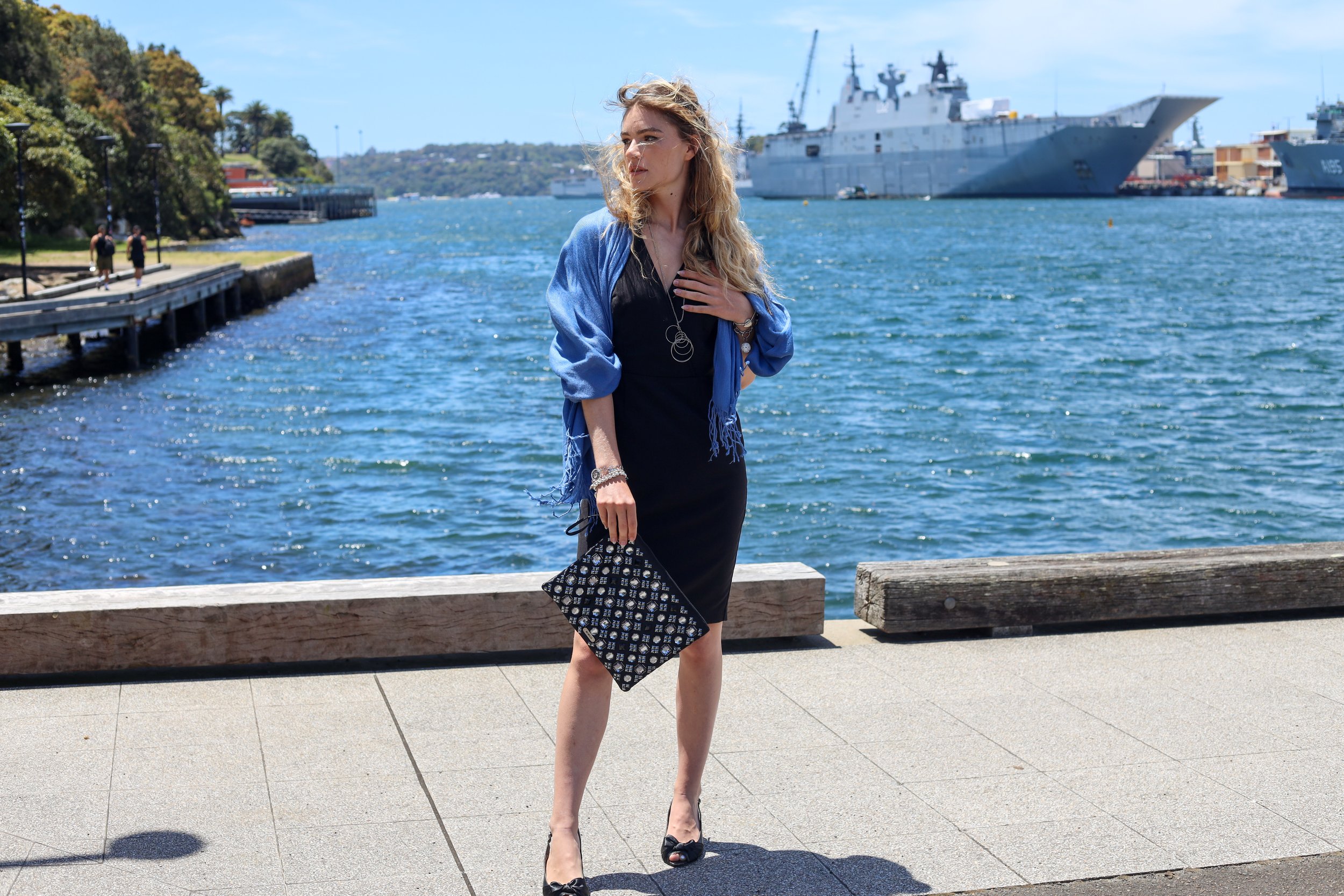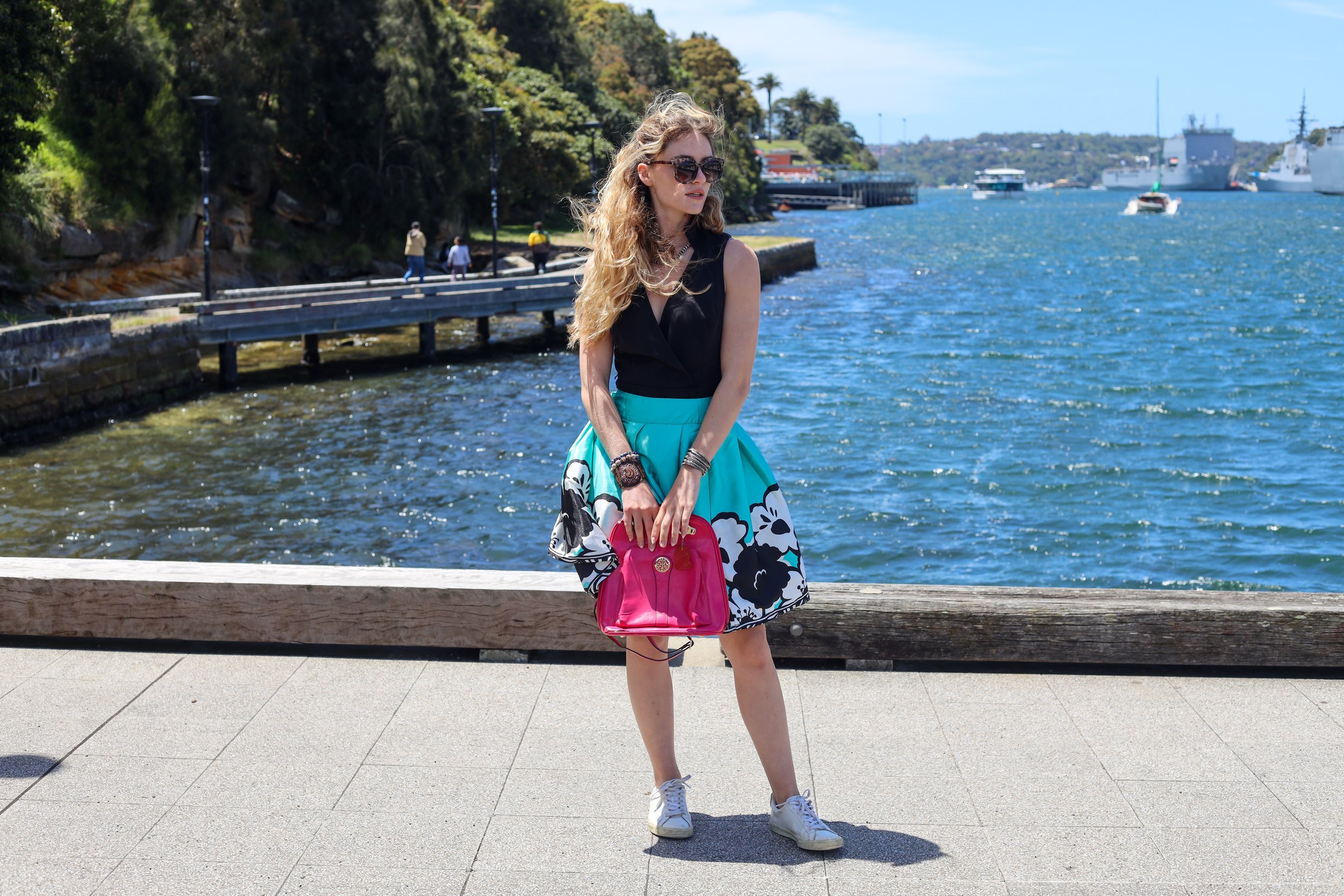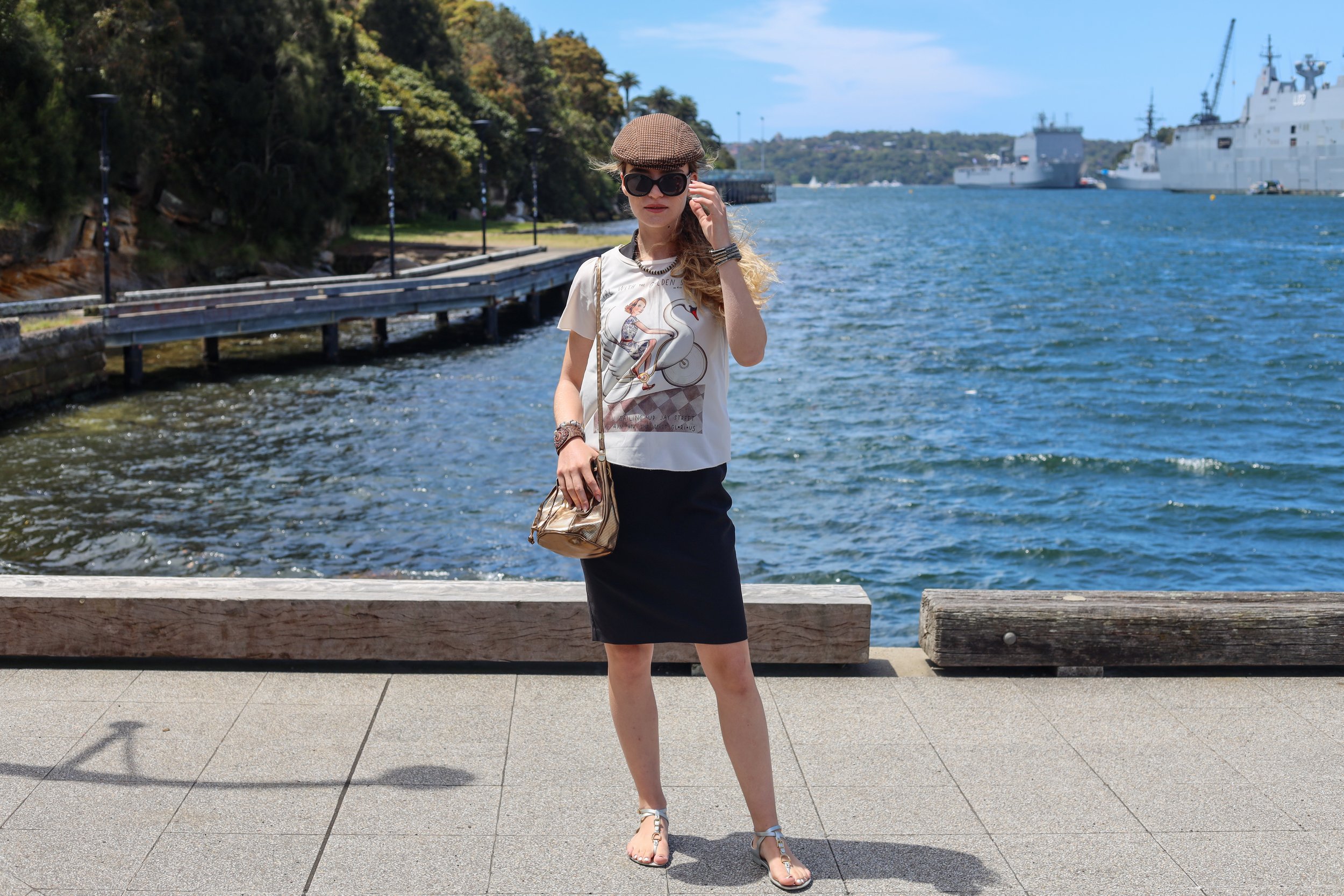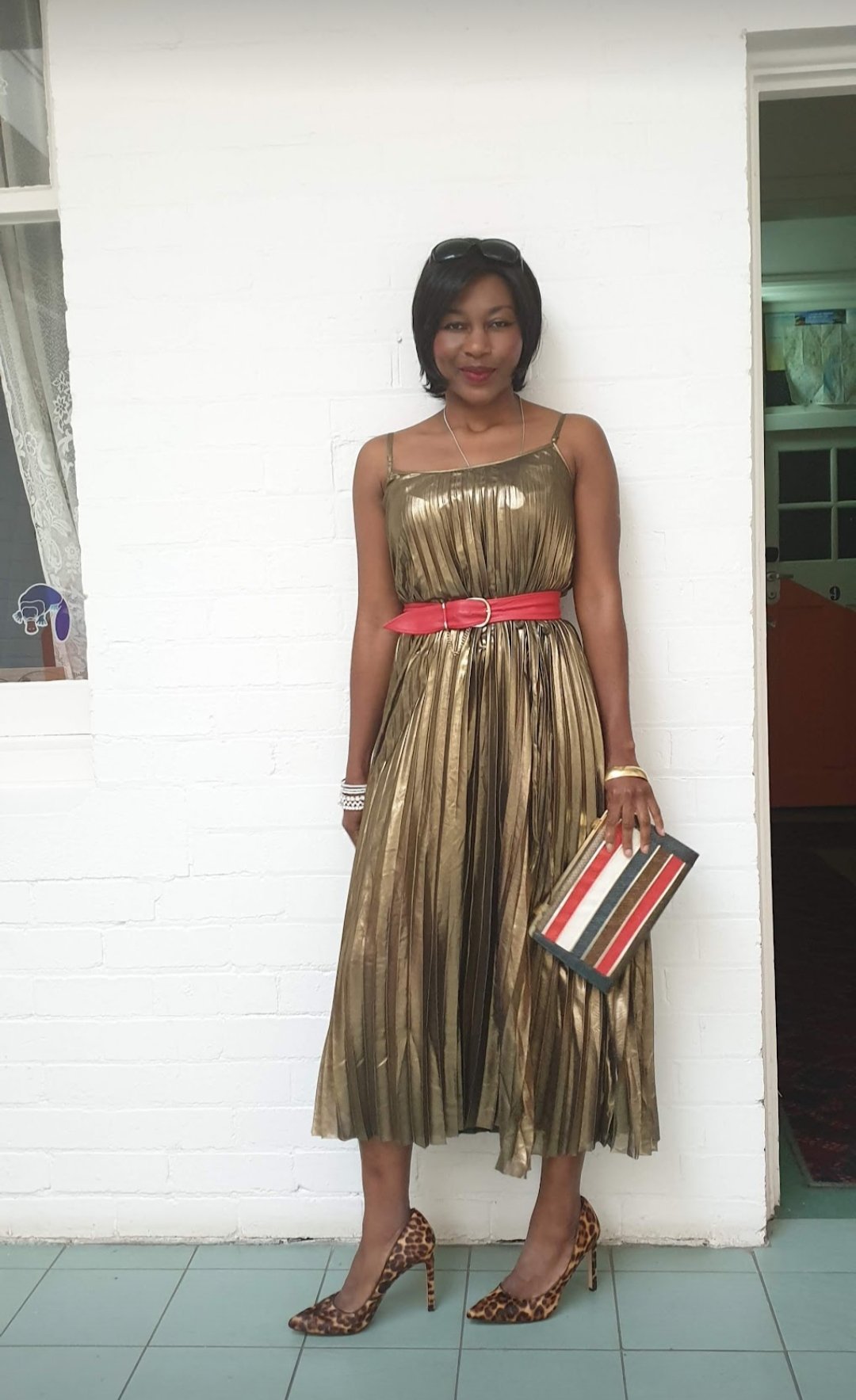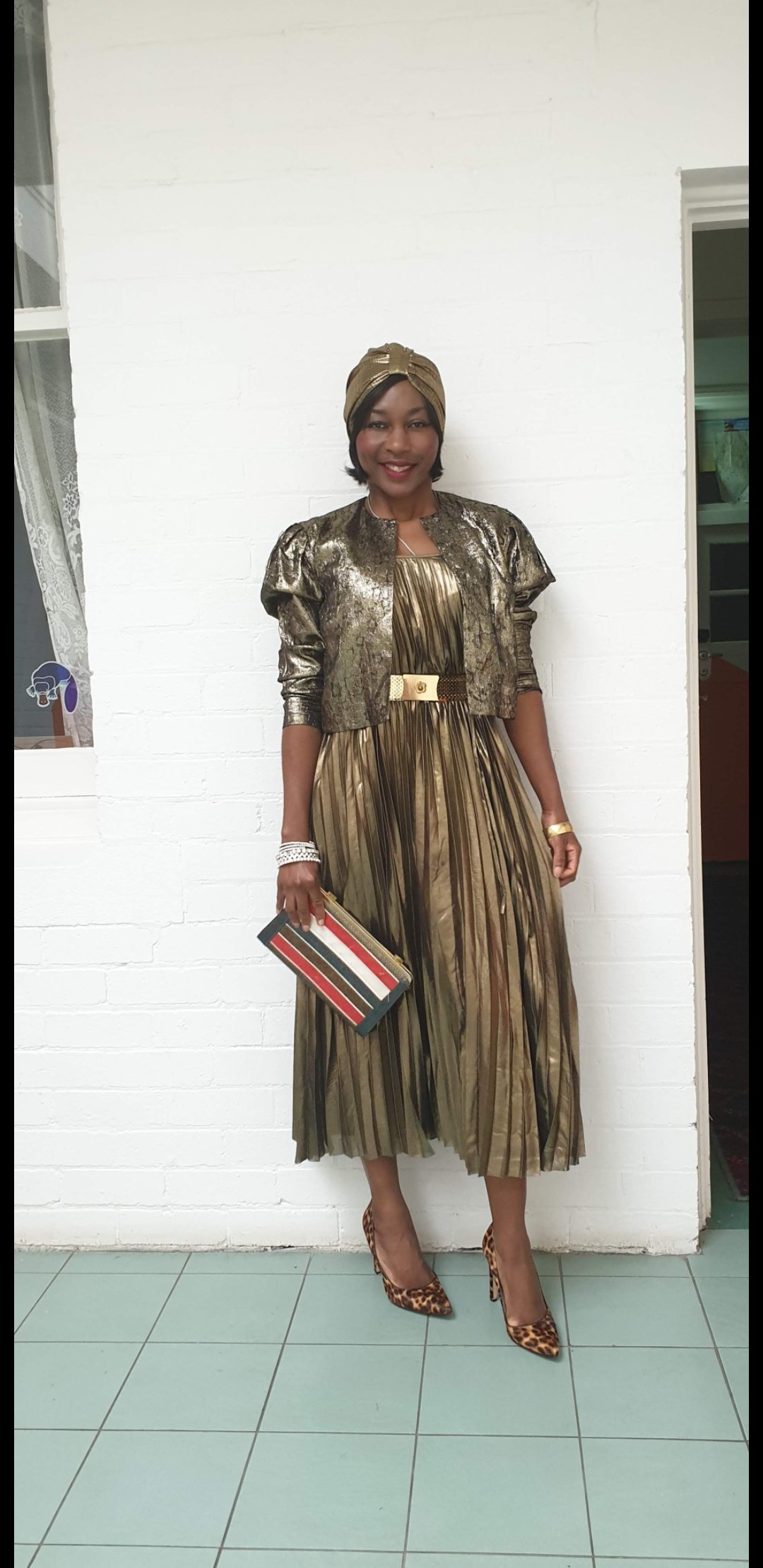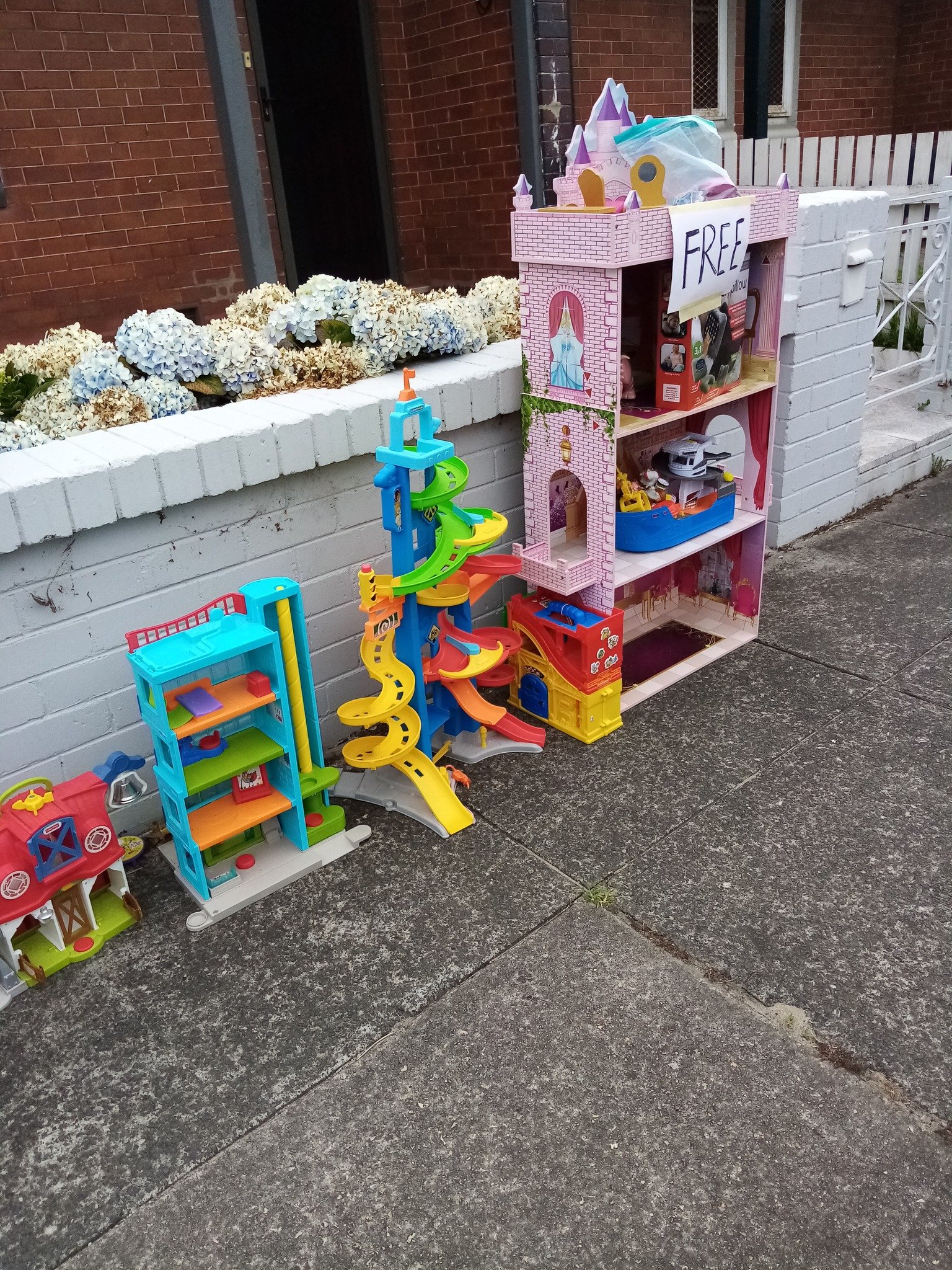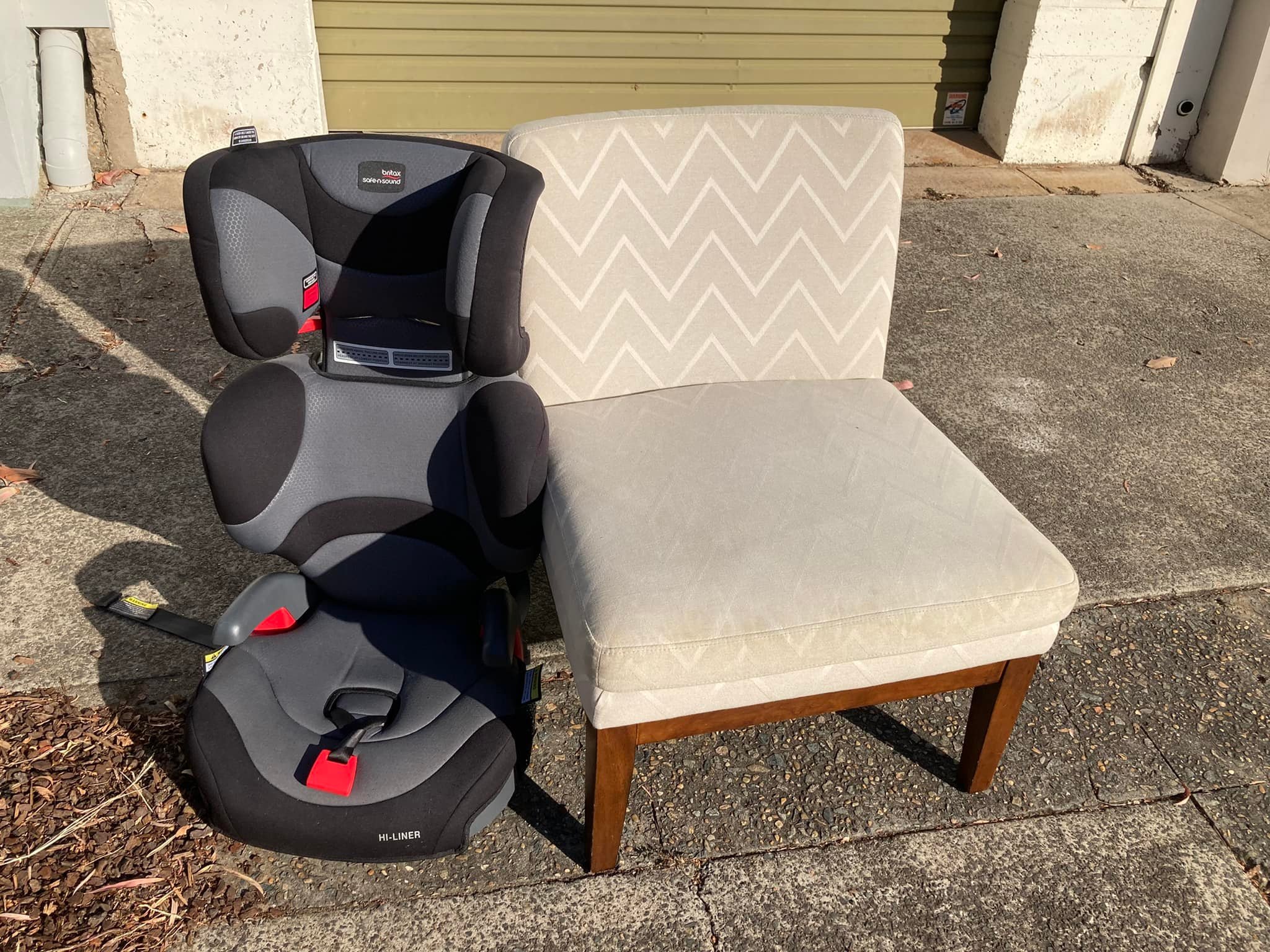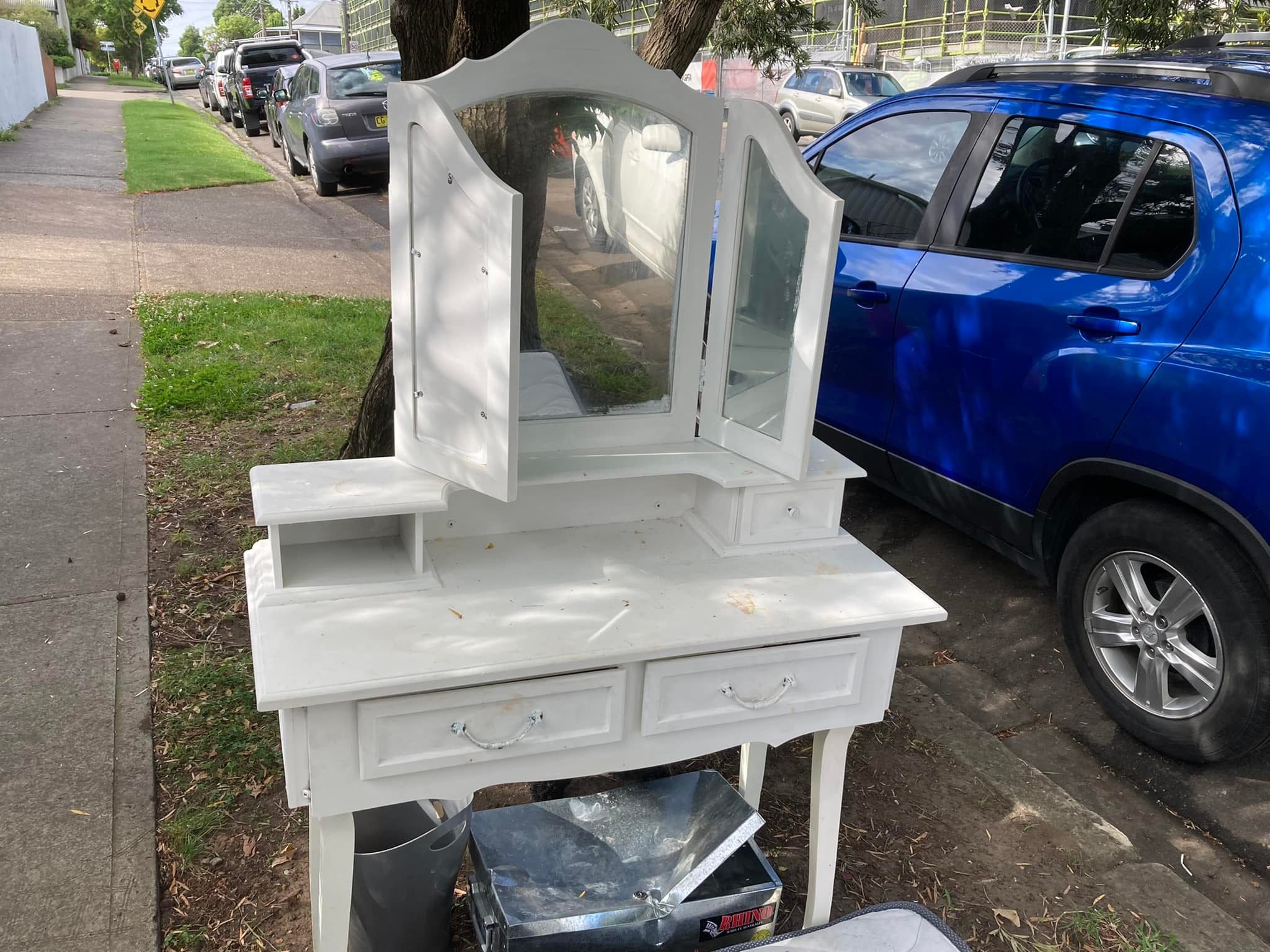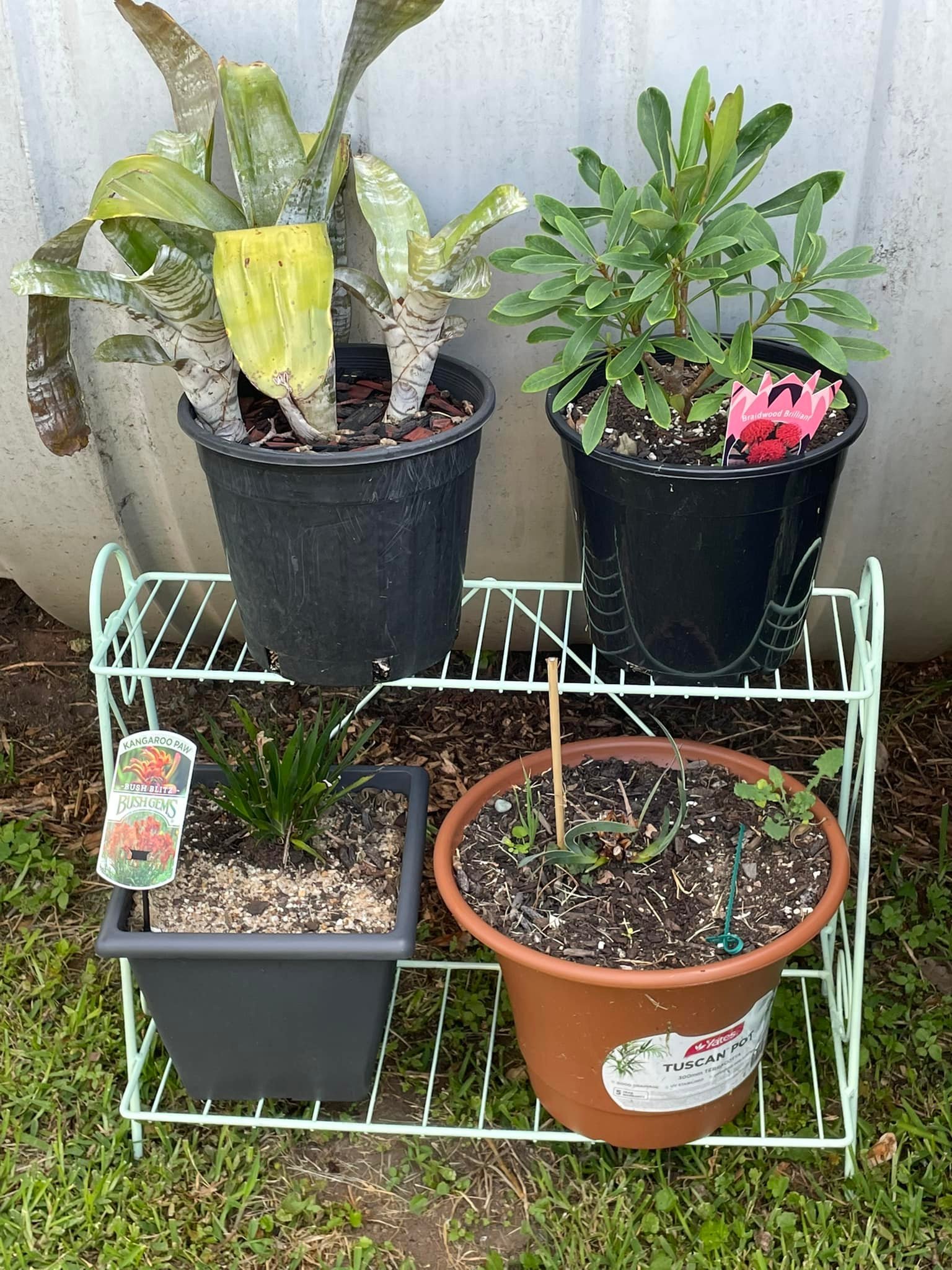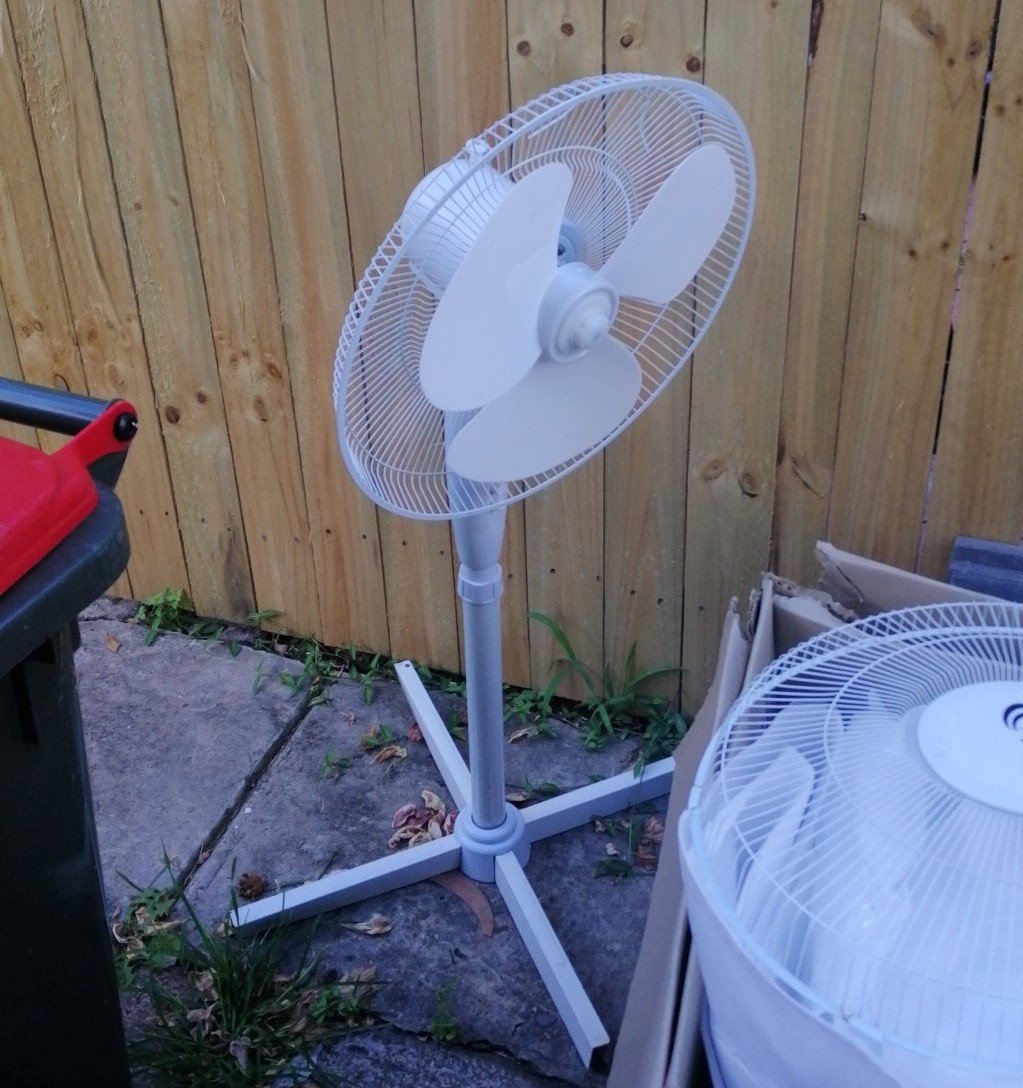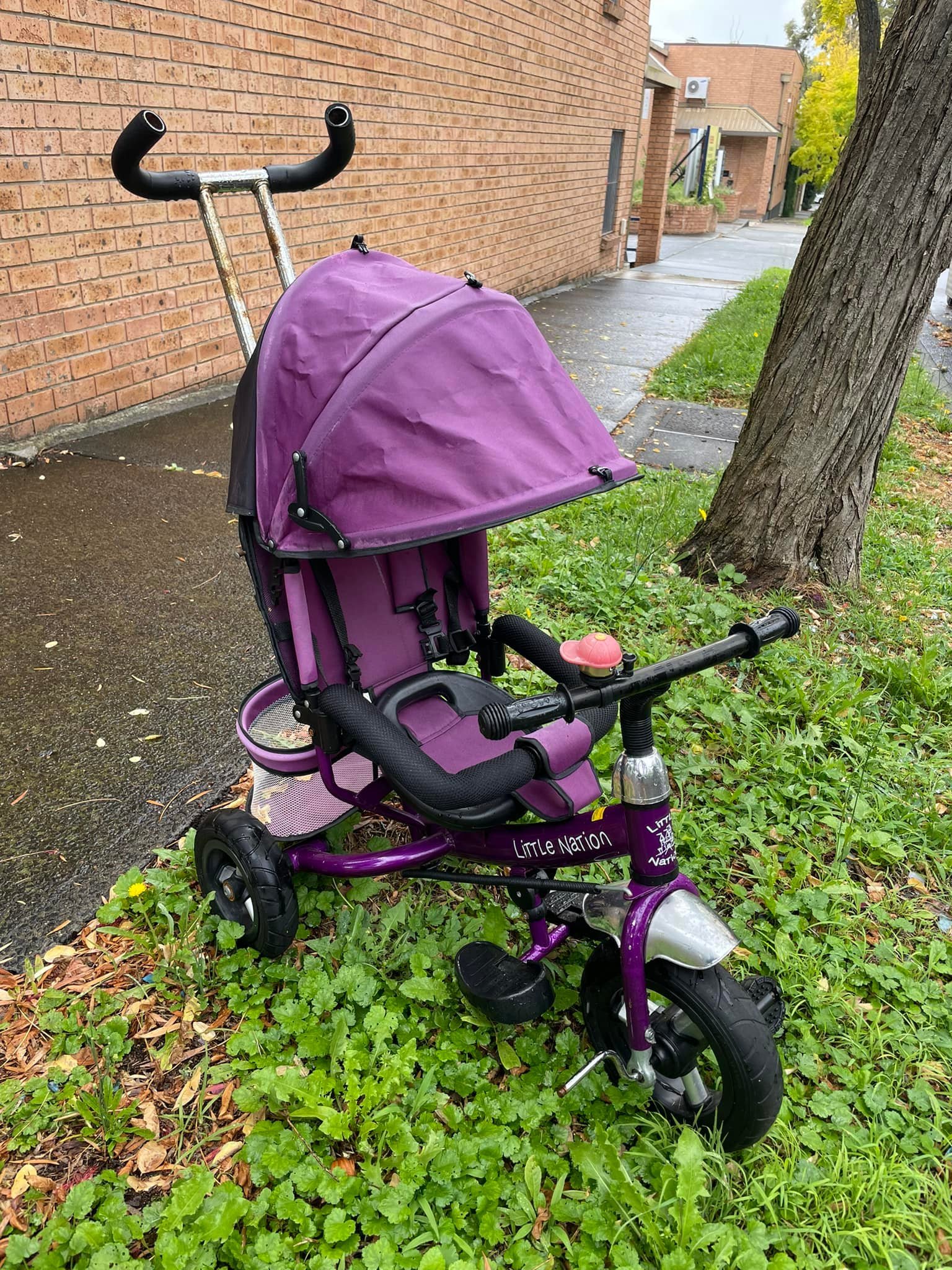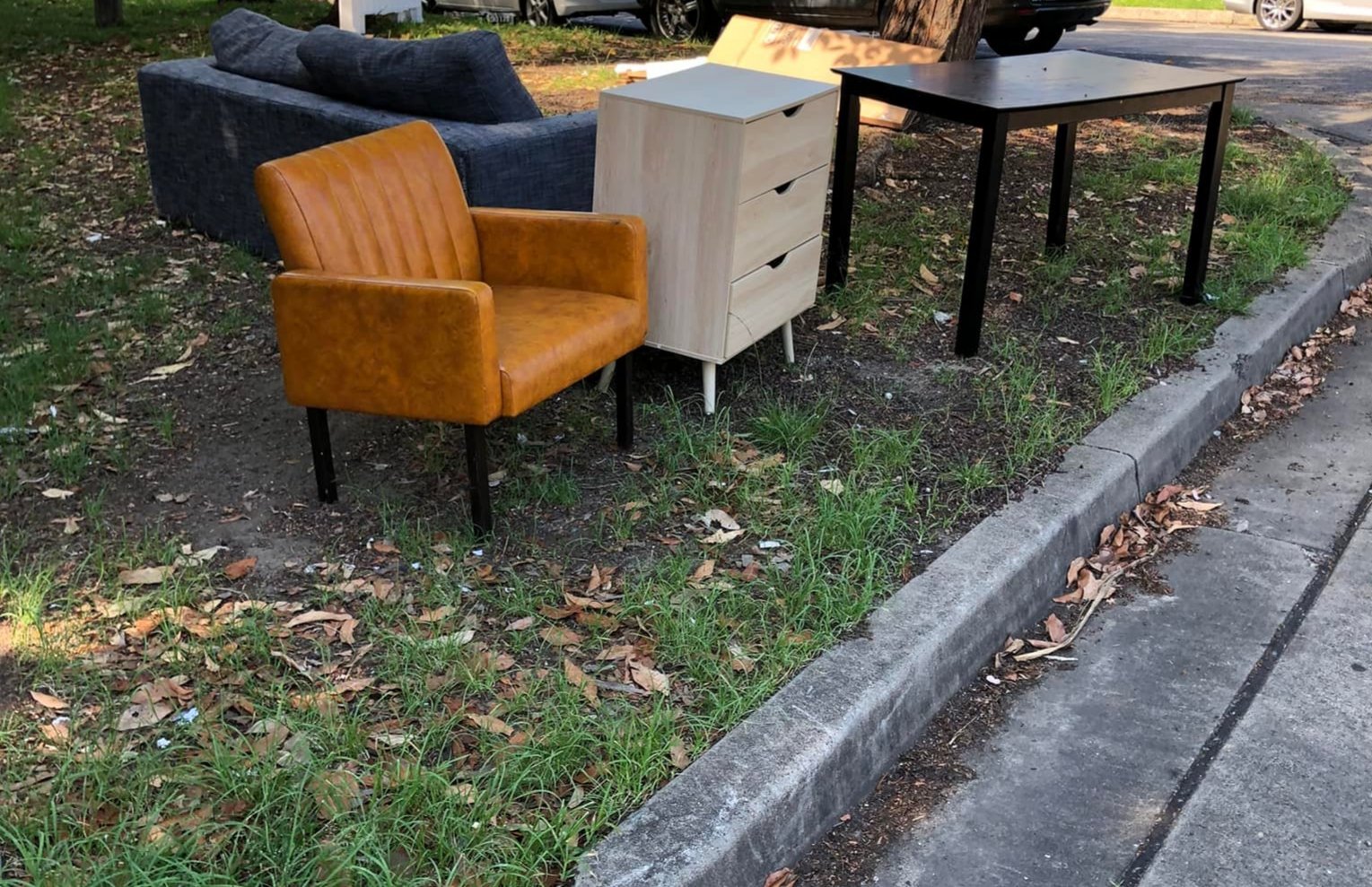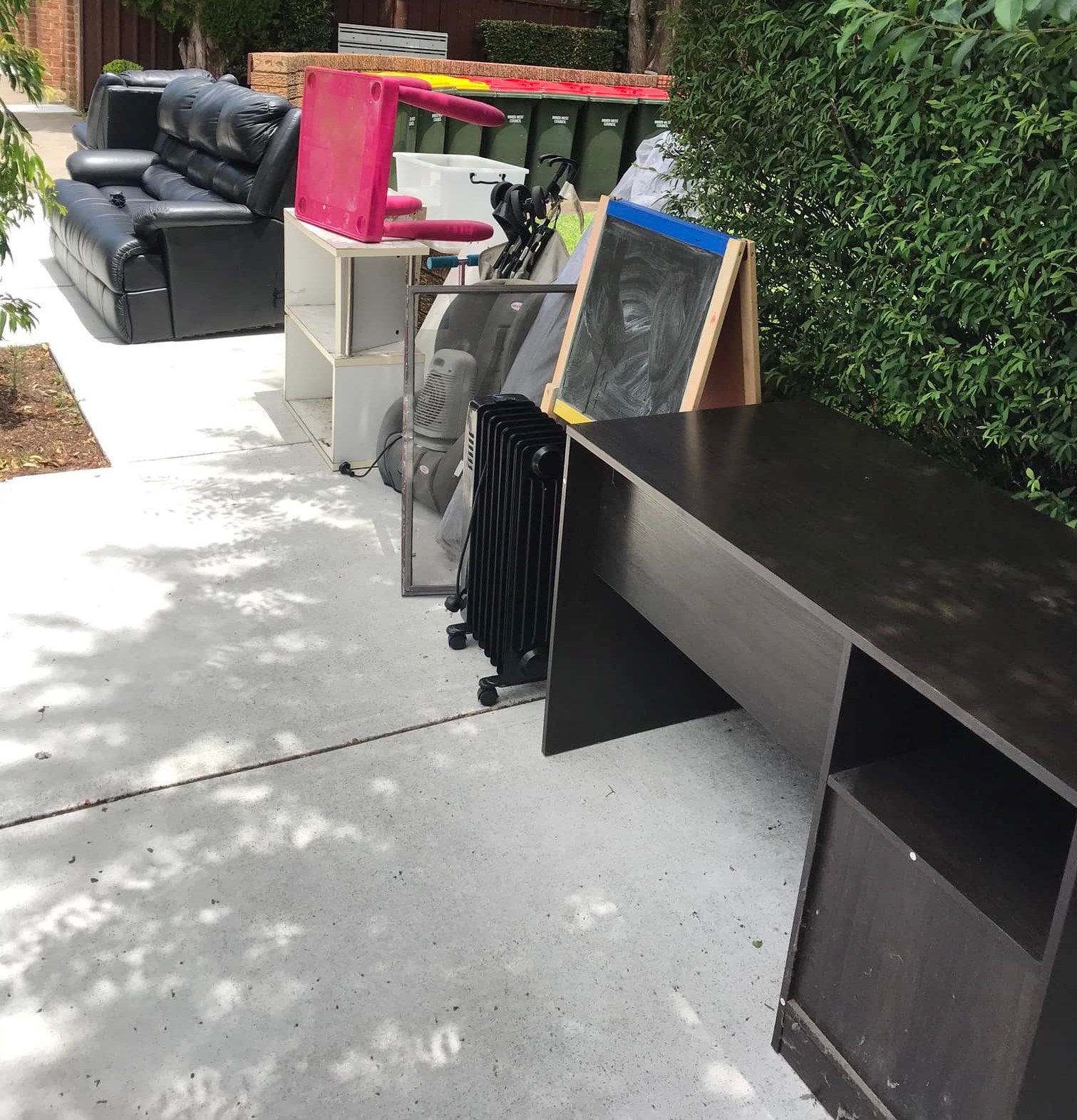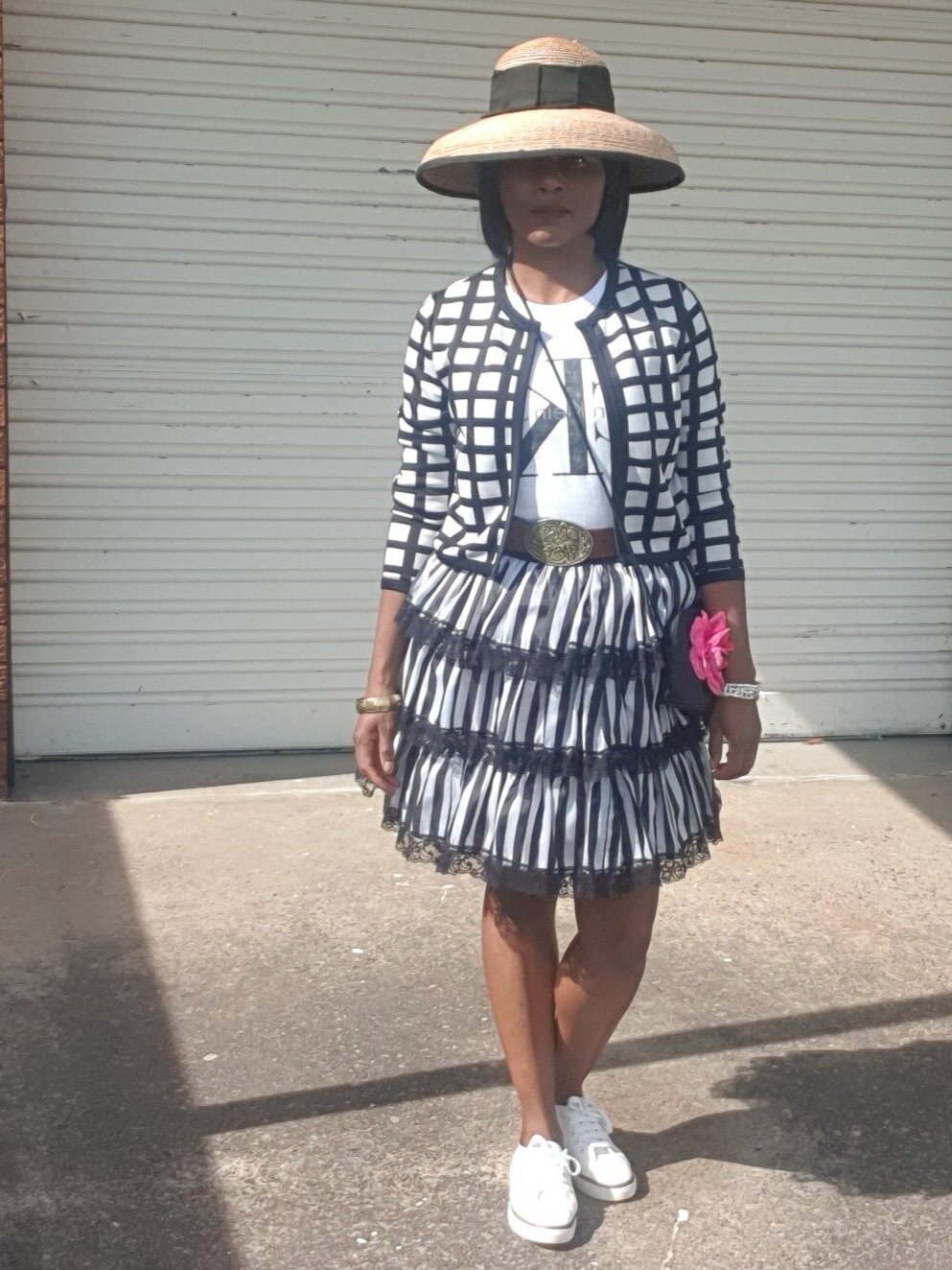Photo by Tamara Bellis
Over recent years the fashion industry has changed drastically; fast-fashion is now leading the growth in clothing consumption with clothing production doubling between 2000 and 2015 whilst the lifetime of the garments is decreasing. Mass produced clothing focusing on fast inventory turnarounds to capture everchanging trends. Let’s talk about figuring out the carbon footprint of your clothing consumption and a few tips for lowering it.
The circular economy model stems from the idea of keeping resources in a loop to optimise their use and value. The clothing industry is globally one of the most dominant industries and highest value industries due to its product value, employment and market size, and it has doubled in production size in the last two decades. Each year, 150 billion fashion items are produced globally, making the textile sector a considerable polluter with a detrimentally significant carbon footprint that many consumers are unaware of. The carbon footprint of the clothing industry is something that must not be ignored and with the increase in fashion overproduction and overconsumption, it’s necessary to stay informed on ways to curate a sustainable wardrobe that can also be very stylish. Something as simple as "extending the life of clothes by an extra nine months of active use would reduce carbon, water, and waste footprints by around 20-30% each".
What makes up the clothing carbon footprint?
Photo by George Evans
Extraction and manufacturing
The most significant contributor to the clothing carbon footprint is from the production of clothing fibres, their production requires a substantial amount of water, energy, fertilisers, and land use. As well as this, there is the manufacturing process; consisting of the weaving, dyeing, cutting, and sewing which all use large amounts of energy, chemicals, and also the disposal of the fabric offcuts. With many companies having a global presence and reach, another significant contributor is transportation - the raw materials and the final clothing products often travel extensive distances all around the world. Packaging of the products also contributes to the industry's carbon emissions.
Consumption impacts
Once the consumer has received their items there is then the energy usage of washing, drying and ironing the clothes. Lastly, when people eventually dispose of the clothing that they no longer want, around 87% globally, goes into landfills despite the clothing still having 70% of its useful life left. Clothing made from synthetics such as Polyester “accumulate in landfills because conventional PET is non biodegradable” which can release harmful additives and microfibres which pollute the land, water and air.
Calculating your carbon footprint
This might seem daunting but there are many ways you can mitigate your impact and reduce your clothing footprint. To make a start there are many online resources that you can use to calculate your clothing carbon footprint, I would recommend Thredup. It asks you various questions about your clothing consumption and habits and then provides you with tailored suggestions on ways you can reduce your fashion footprint.
What else can you do?
Upcycle your clothes - this includes repurposing clothes such as transforming unwanted clothes into something else and clothes customisation.
Support circular fashion - utilise brands that offer schemes where they accept old clothes back and buy second hand items to keep existing clothes in circulation. Ensure that brands with take back schemes are reusing or recycling the clothing in the right ways and not burning them or sending the clothes to landfill.
Donate or sell your unwanted clothes - donating and selling your clothes gives them a second life and reduces the demand for brand new items.
Buy less clothes - when you are wanting to buy a new item question how much you need this or how often you will wear it.
Trade clothes - swap clothes with friends and family and host and attend clothes swaps. Clothes Swap & Style have free monthly clothes swap events in Sydney, Australia. You can get free tips from them on how to host your own clothes swap.
Repair your clothes - rather than replacing damaged clothes with minor problems, you can repair them, this extends the life of your garments.
Rent or borrow clothes - instead of buying new clothes for one off special events you can rent them, it is a fraction of the cost and helps optimise the usage of an item of clothing.
Educate yourself and others - share your knowledge with friends and family and stay connected with developments in circular fashion. Support sustainable brands - when you need new clothing, support the companies that prioritise sustainability and are making clothes designed for long term wear. You can know if a brand is not greenwashing when they are not transparent about how many garments they manufacture each year and refuse to disclose their information about their supply chain.
Avoid fast fashion - Instead you could try shopping for preloved clothing. Fast fashion produces clothing at artificially low costs using unsustainable factors such as modern slavery, planned obsolescence and poor-quality materials. Their low quality encourages short-term wear. These clothing items have also been proven to have toxic chemicals such as pesticides and flame retardants in the manufacturing process which can seriously impact your health as prolonged contact with the skin can absorb the chemicals into your body.
Restyle your clothes - this is using your creativity to wear one item of clothing in a variety of different ways through layering and accessorising, for different types of occasions which is demonstrated in this article.
Photo by Tamara Bellis
Article by Talisa Sharma. Talisa has a passion for business and enjoys educating and promoting sustainability and carbon friendly initiatives.











